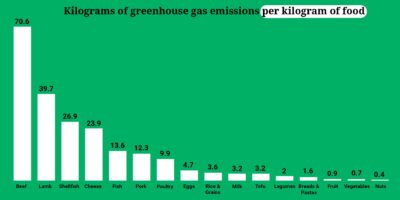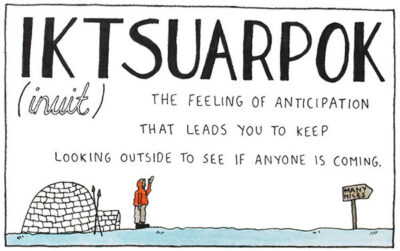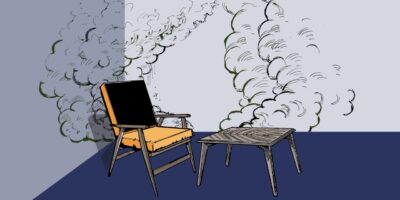 I have been pals with the Universe for quite some time now. It wasn’t always that way, but it sure has been over the last 30 years after discovering that all kinds of super intelligence dwelt in the spaces between the stars.
I have been pals with the Universe for quite some time now. It wasn’t always that way, but it sure has been over the last 30 years after discovering that all kinds of super intelligence dwelt in the spaces between the stars.
So the Universe and I would like to pass along some greater understanding of what’s happening with the majestic Earth right now. Why? Because there are many views of what’s occurring now on Earth, ranging from climate crisis to healing the Earth to dealing with karma … but none of those match up with the power and beauty of what is actually going on that involves us all.
You see, the Earth and all Life upon it is in the throes of an upgrade, a quantum leap, a burst of becoming the likes of which we may never have seen before.
All of Life has become Source Sentient.
All Life, including the Earth as a sentient Source being, is discovering the unleashing of a new miraculousness. Inside this miraculous unfolding, the Earth is bursting forth in a new kind of Glory. Green is GREENER than ever before. Flowers grow taller and more luxuriant with COLOUR that shouts of wonder unfurling into our senses.
Infinite intelligence is now available to all living beings … and that includes all the life forms here with us. Oceans, forests, mycelium networks, the animal kingdoms … all showing us new possibilities of Life as an intelligent emergence.
And on top of all of that, a reunification has just happened. Every being sent forth from the original Source of Creation has just been called back into unificence, sharing their aeons of journeys, knowledge & wisdom into a new collective intelligence that surprisingly seems to have simultaneously embedded itself into our deep inner cores.
This reunification is about to lead to yet another quantum leap of intelligence, super powers, abilities, genius & connection here on Earth.
For we are no longer products of our pasts, our genetics, our learning and our experiences. We are quantum possibilities unfurling into an ever increasingly wondrous becoming. We are a new quantum future bursting into being!
About the Author

Soleira Green is a visionary author, quantum coach, ALLchemist & future innovator. She has been creating leading edge breakthroughs in consciousness, quantum evolution, transformation, innovation, intelligence and more over the past 25 years, has written and self-published eleven books, and taught courses all over the world on these topics.




 Sometimes we must turn to other languages to find le mot juste. Here are a whole bunch of foreign words with no direct English equivalent.
Sometimes we must turn to other languages to find le mot juste. Here are a whole bunch of foreign words with no direct English equivalent.